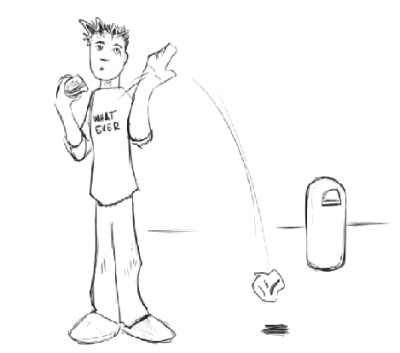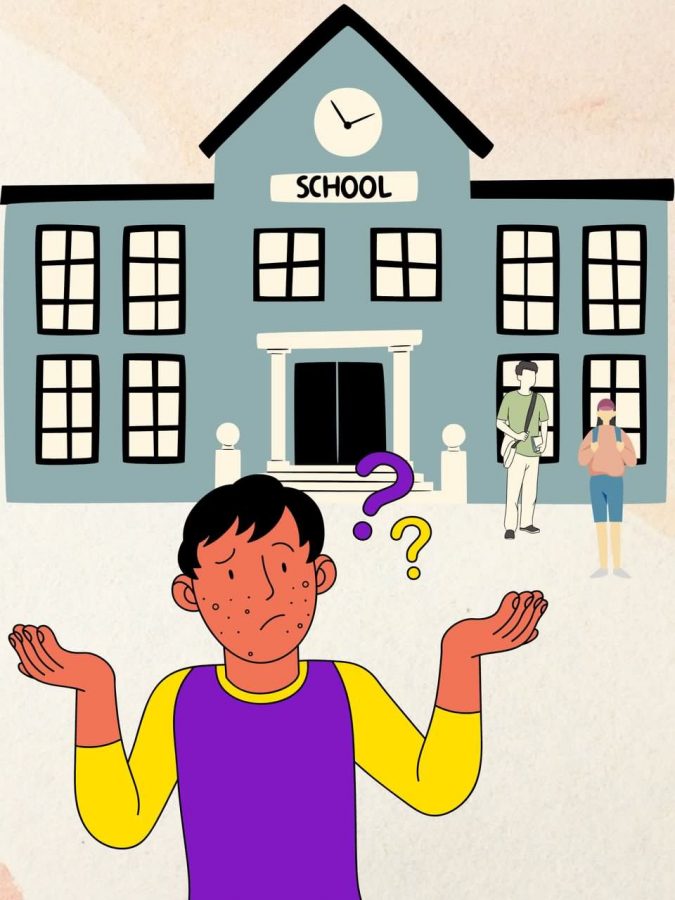[media-credit id=21 align=”alignnone” width=”400″] [/media-credit]If people paid more attention to our highways, streets and neighborhoods they would see and maybe do something about our littering.
[/media-credit]If people paid more attention to our highways, streets and neighborhoods they would see and maybe do something about our littering.
Inside our city is very messy and dirty.
For example, On Highways 280 and 680, you can see trash on the side of the road and Santa Clara Valley Medical Centers garbage cans filled to the rim.
According to Green Eco Services website a static review was written in March 2009 that notes that 75 percent of Americans admit to littering in the past five years.
“Littering disrespects our campus,” said Christina Inciong 22-year-old nursing student.
The city needs to be more responsible to promote a cleaner and safer city. “People can have respect for their campus and our city by avoiding littering and others can help by reminding their friends not to litter,” said Vanessa Pineda, a business student and commissioner of publicity for associated students.
Just like our city our colleges need to be an example to others.
“Littering makes the environment look unsanitary,” said Pineda.
Littering can come with a hefty penalty if you are not careful Ruben Aguirre , Chief of Police said.
“If people litter in the city or on school grounds they could pay from $374 to $3000 and the police officers enforce the penal code and not the municipal code,” said Aguirre
“If people just threw away their trash, speak up or pick up some garbage they see, then our campus, our streets, highways and neighborhoods would look a lot better,” Edwin Ocha, a 19-year-old SJCC student.
If we are going to do our part to save our world for generations to come then we as people need to start acting smarter.
We need to recycle and tell our friends and family to do the same, and pick up after others if necessary.
“Littering is very rude. I think it is very careless to the environment and the people around them,” said Cathy Nguyen 19, a bio-chemistry student.
Most common litter offenders are men between ages 18-34, people who eat fast food twice per week and 50 mile drivers according to the Green Eco Services website.
You see trash on highways, streets and neighborhoods but did you know that littering could come from other places.
According to Green Eco Services, litter is composed of household trash and garbage falling from 40 percent of trucks with uncovered loads.
“$500 is a pretty steep fine and alone it is enough to discourage and deter a person from littering,” said Khlaid White, Afro-American studies instructor and Umoja program coordinator. “But, like the speeding law, it has to be enforced in order for a person to think twice before doing it or before continuing to do it,”






